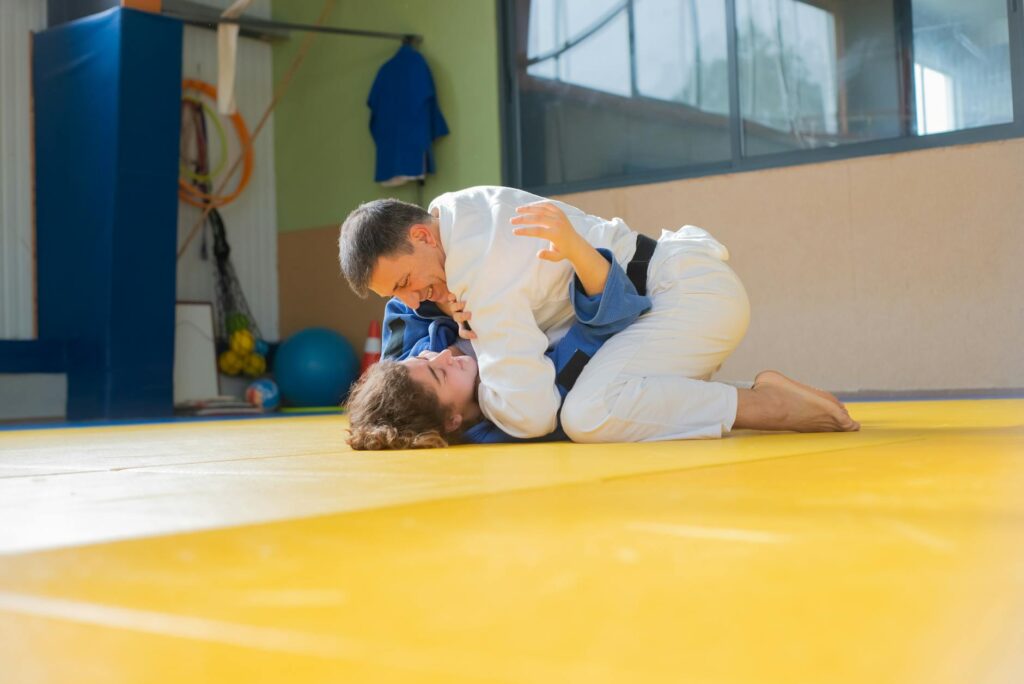What is assertiveness training?

What is assertiveness training?
Assertiveness training is a crucial skill set that empowers individuals to express their thoughts, feelings, and needs directly and honestly. In a world where clear communication is vital, learning how to be assertive can enhance both personal and professional relationships. This training equips you with tools to communicate effectively, set boundaries, and advocate for yourself without compromising your values or stepping on others’ toes.
Understanding Assertiveness
Assertiveness is often misunderstood. It strikes a balance between aggression and passivity, allowing individuals to express themselves without undermining others. Understanding this balance is key to effective communication.
What is Assertiveness?
At its core, assertiveness means standing up for yourself while respecting others. It involves expressing your needs and feelings confidently and calmly. Assertive individuals are neither overly aggressive nor passive; they communicate directly and honestly, fostering healthy relationships and mutual respect.
Differences Between Assertiveness, Aggression, and Passiveness
Assertiveness is distinct from aggression and passiveness. Aggression often involves dominating conversations or belittling others to make a point. Conversely, passiveness can manifest as avoiding conflict or failing to express needs, leading to resentment or frustration. Assertiveness, on the other hand, encourages open dialogue, ensuring that everyone’s voice is heard and respected.
This balance is essential for maintaining healthy relationships in both personal and professional contexts.
Benefits of Assertiveness Training
The benefits of assertiveness training extend far beyond just improving communication. Here are some key advantages that come with mastering assertiveness:
Improved Communication Skills
One of the primary benefits of assertiveness training is enhanced communication. By expressing your thoughts clearly and confidently, you can reduce misunderstandings and build stronger relationships. This skill is invaluable in both personal interactions and workplace dynamics. As noted by ABCT, effective communication leads to improved personal and professional relationships.
Increased Self-Confidence
Assertiveness training can significantly boost self-esteem. As you practice assertiveness, you learn to value your own opinions and feelings. This newfound confidence can lead to a more positive self-image and greater satisfaction in life. According to Indeed, assertive individuals often exhibit enhanced self-esteem and confidence.
Better Conflict Resolution
Assertiveness training equips you with the skills to handle conflicts constructively. Instead of avoiding disputes or becoming aggressive, you’ll learn to approach conflicts with a mindset focused on resolution. This ability not only helps in personal relationships but also in workplace settings, where conflicts can arise frequently.
Techniques and Strategies for Assertiveness Training
Several techniques can help you become more assertive. Here are some effective strategies:
Role-Playing Exercises
Role-playing is a practical method for practicing assertiveness in a safe environment. By simulating various scenarios, you can rehearse your responses and get comfortable expressing yourself. This hands-on approach can significantly reduce anxiety when facing real-life situations.
Use of ‘I’ Statements
Using “I” statements is a powerful technique in assertiveness training. These statements allow you to express your feelings and needs without sounding accusatory. For example, instead of saying, “You never listen to me,” try “I feel unheard when you interrupt.” This shift in language fosters a more constructive conversation, promoting understanding and respect.
Setting Boundaries
Learning to set boundaries is crucial for maintaining healthy relationships. Clearly defining what is acceptable and what isn’t can help prevent resentment and misunderstandings. For tips on how to establish effective boundaries, refer to resources like Positive Psychology.
How to Implement Assertiveness Training in Daily Life
Incorporating assertiveness into daily life can be a gradual process. Here are a few steps to help you get started:
Assessing Your Current Communication Style
Begin by reflecting on your communication style. Are you more aggressive, passive, or assertive? Identifying your tendencies is the first step toward improvement. Consider keeping a journal to note instances where you felt you could have been more assertive.
Practicing Assertiveness Daily
Look for opportunities to practice assertiveness in everyday situations. Whether it’s expressing your opinion in a meeting or setting boundaries with friends, each interaction is a chance to apply what you’ve learned. With repetition, being assertive will become second nature.
Conclusion and Call to Action
Assertiveness training is a powerful tool for personal growth. By mastering assertiveness, you can improve your communication skills, boost your self-confidence, and navigate conflicts more effectively. So why wait? Start your journey towards becoming more assertive today. Embrace the opportunity to express your thoughts and feelings openly, while also respecting those around you. Your relationships—both personal and professional—will thank you for it.

Photo by Kampus Production